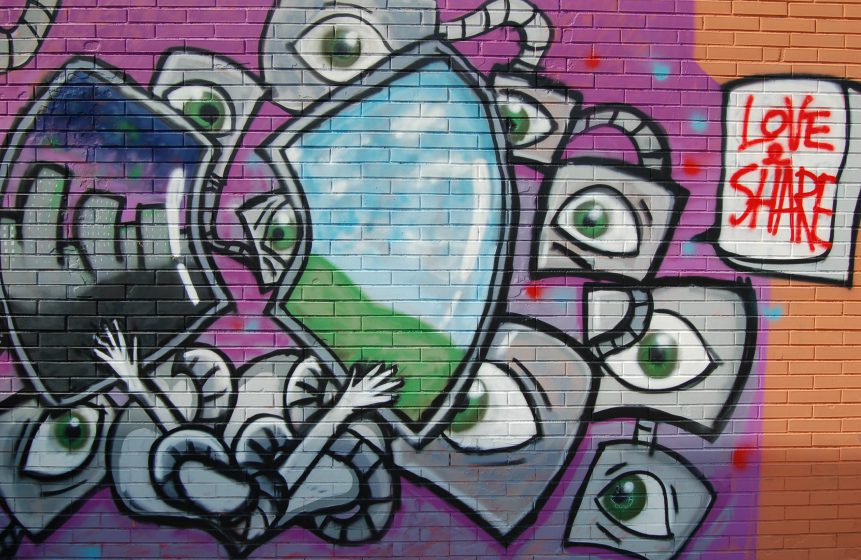From the 40 day mourning period we see in the Muslim faith, to white being the colour of mourning in China – all religions and cultures have their own way of commiserating (and celebrating) the loss of a loved on.
Whilst grief is as individual as we are, the traditions and social norms we follow can help us to understand what happens next after a death. Knowing that there is a defined pattern of events afterwards can help us to feel more stabilised in a difficult time, giving us jobs to focus on to keep our brains busy. But how do we ritualise death in a digital world?
Ritualising death online.
Our online worlds continue to grow, with friends and communities more globally connected than ever before through the powers of social media.
Because of this, the way we ritualise death is changing too. For example, online funerals held in gaming platforms are becoming more commonplace as a way for the online community to say goodbye to someone who’s died.
Now, when someone famous dies, an outpouring of grief on social media comes as standard. From simple ‘RIP’ posts on Facebook, to longer messages of support – fans are now part of the collective mourning process.
Take the US rapper Nipsey Hussle for example. His funeral was live-streamed and is available to watch online. He also had over 25,000 wellwishers attend the proceedings in person, showing how our online and offline worlds are never truly separate.
It’s now not unusual for Facebook profiles of those who have died to be kept active, so loved ones can continue to share stories and memories. In fact, this has become so standard Facebook have now launched a tribute service. This adds extra controls for those running a profile after someone has died.
Who decides how death is dealt with online?
Most of our offline rituals have come about over hundreds if not thousands of years. Some, like burying the death, having started for more practical reasons and then evolved into something more religious.
For nearly all rituals the way we do specific tasks and why will have been handed down to us from the generation before. But digital is different in the sense that those of us alive now are the first to start a lot of these practises.
This means that we’re still finding our feet when it comes to death and digital, and mistakes are being made. The names of the dead are being passed around social media before families have been informed, and in some cases police investigations are being compromised by information being shared online.
The law is slowly starting to catch up, but the policing of the internet as a whole is still a sore spot for many a government. Tech companies are starting to put out products, like the Facebook Tribute services we’ve mentioned and Google’s inactive account manager. But, from our own research, people are either reluctant to use them or are still unsure of the benefits they could bring.
Exploring the opportunities digital death rituals can bring.
Without the usual constraints of location and money, creating new death rituals online creates opportunity to allow more of us to remember and be remembered in the way we may want to.
The key, as with most standard death rituals, is to let others know of your wishes for after you’ve died. By discussing the digital aspects of death you’ll be able to advise on whether you do want your profile kept up, or how you want details to be shared on social media.
Find out more.
Thinking about death in any form can be hard, but we’ve created some tools to help you. By filling out our Farewell Wishes you can take that first step into thinking about what you may want to happen to you when you die.
We’ve also got a whole section on digital death on our site: https://www.death.io/your-digital-death/to help you navigate this topic further.





